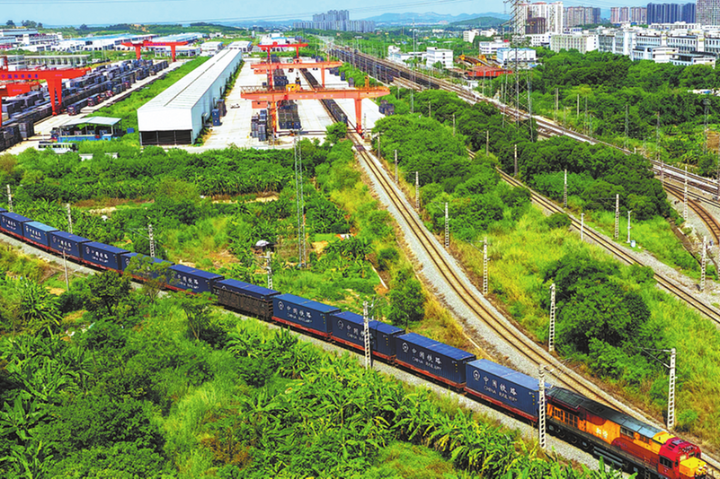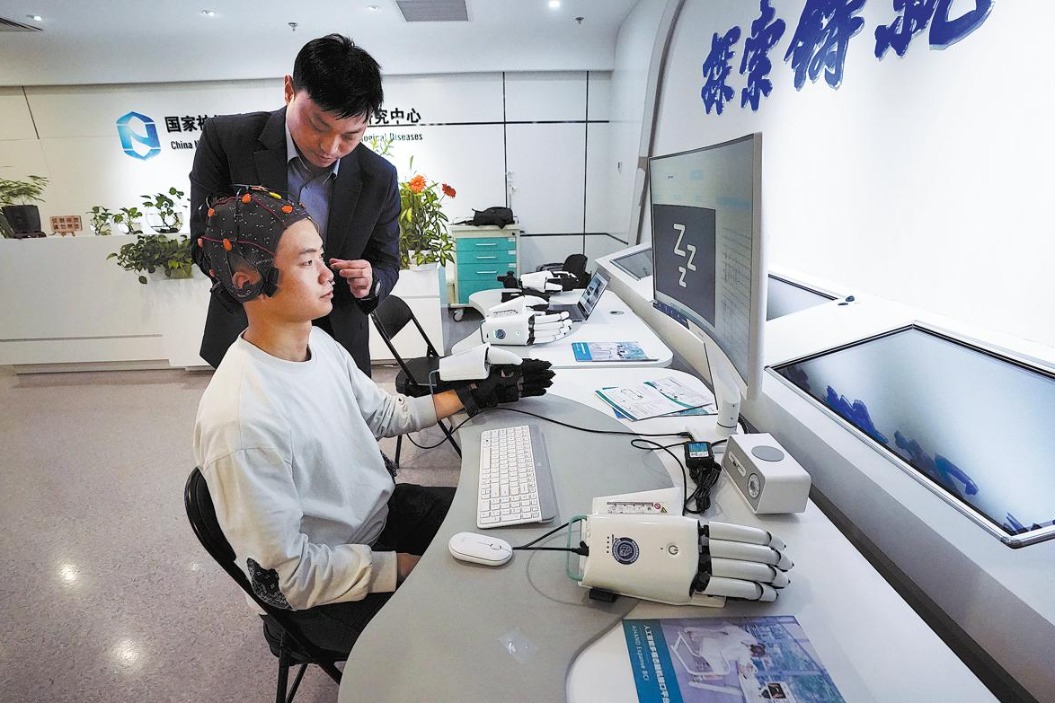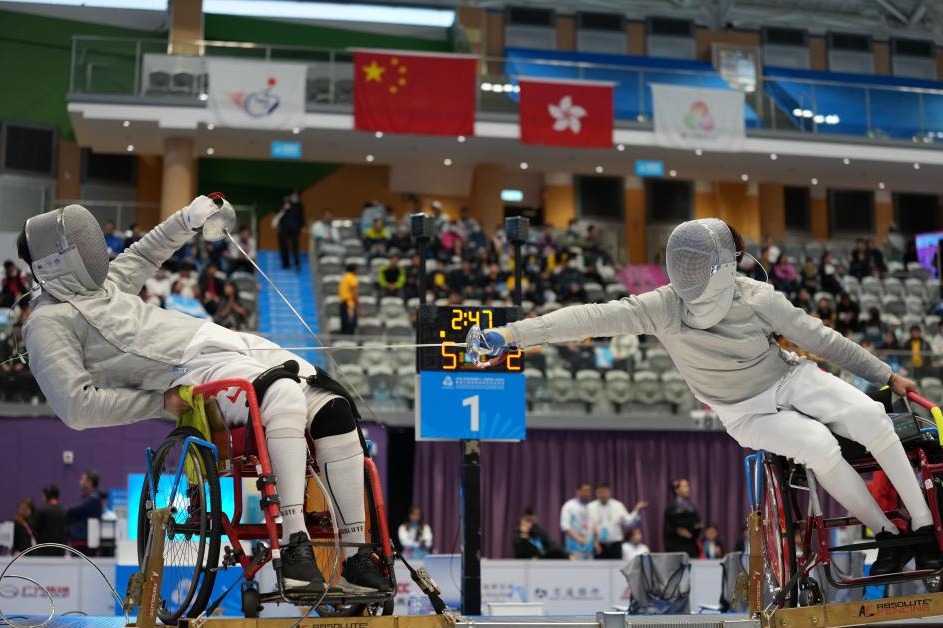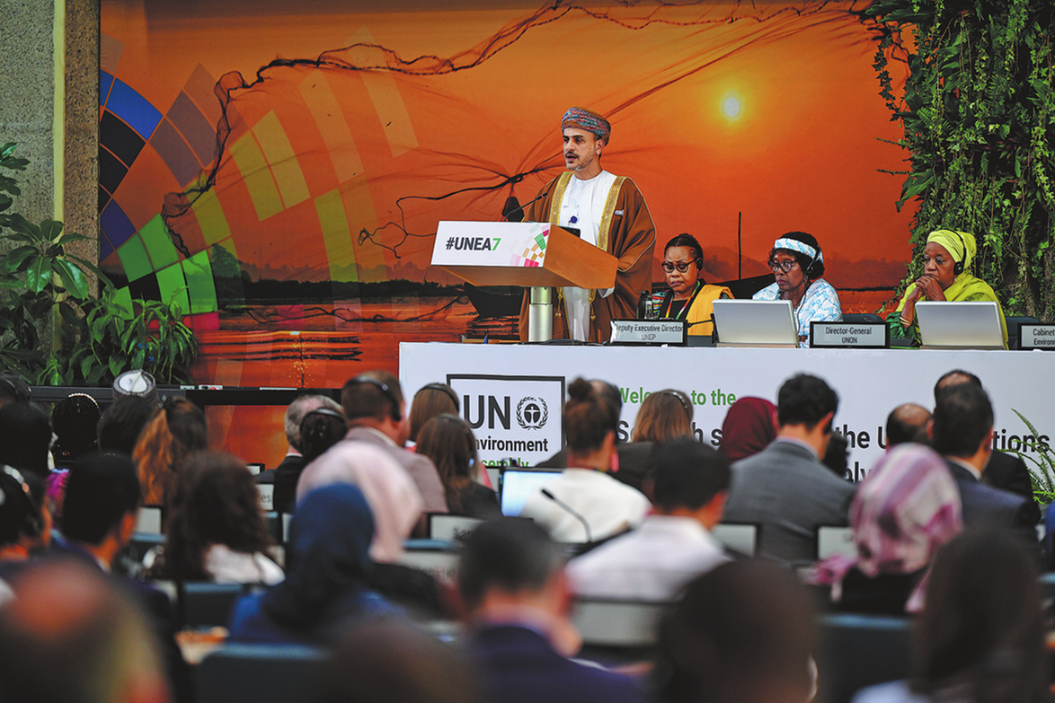BRI financing capabilities: 'Two way road'
By Henry Tillman | chinadaily.com.cn | Updated: 2020-04-17 15:39

Over the past quarter, we have seen numerous media question and indeed challenge China's ability to fund the BRI in light of the COVID19 outbreak and its economic effects. For months, we have also heard charges of a "One Way Road", especially from non-BRI countries. Therefore, we decided to write this piece, drawing upon recent BRI Pulses, a three-year longitudinal study we are preparing on Europe investments into China, to provide facts on both matters.
During Q1 China raised circa $25 billion in fresh capital from three sources; $11-plus billion in China inbound equity investments/pledges (set out below), $7.7 billion from IPOs in Chinese mainland and $5.2 billion from selected Chinese disposals of international assets.
In Q1 2020, the Shanghai Stock Exchange (SSE) ranked number one among all exchanges with circa $10 billion of fresh equity capital raised. In Q1, the top 10 A-share IPOs raised yuan 54.2 billion ($7.7 billion) up 254 percent from Q1 2019. The Beijing Shanghai Rail IPO alone raised yuan 30.7 billion. The other nine SSE (six involved STAR Market) A-share IPOs included three industrials, two TMT, two healthcare, one consumer and one financial service.
Q1 IPO activity follows two major Q4 2019 equity capital raises; a $4 billion IPO/capital raise by Postal Savings Bank (SSE); Alibaba raised $11.2 billion in a secondary (HKEX). Also in Q4, as part of the SOE reform programme, Hillhouse won an international auction to acquire a 15 percent stake in Gree Electric for $7.5 billion.
Chinese mainland companies in Q1 successfully divested a number of international businesses including the sale of Ironman, owned by Wanda Sports Group, to Advance Publications (US) , the owner of Conde Nast, for $730 million; Anbang Insurance sold six commercial assets in Amsterdam, Rotterdam and the Hague to Aviva (UK) for $763 million; Blackstone (US) announced plans to acquire 200 Japanese rental apartments from Anbang Insurance $2.8 billion and Oceanwide sold its San Francisco real estate which had planned to become a major office tower to HONY Fund for $1 billion
Collectively, these three components represent circa $25 billion of new equity capital which we believe could support $75 billion new debt thus totaling $100 billion incremental Chinese spending power.
This $100 billion does not include foreign investment into Chinese equities (Shenzhen was the best performing major stock exchange during Q1) or foreign debt purchases (March was 16th consecutive month of increases in foreign investment in Chinese bonds), both of which are substantial.
In addition to these amounts, in light of the lower energy prices combined with lower global demand resulting from the virus, China could also see and estimated $100 billion possible energy savings.
The $200 billion plus the increased international investment into Chinese mainland stocks and bonds dwarf Q1 outflows. Announced Q1 aggregate M&A/equity investments totaled less than $10 billion, the lowest we have seen since Q2 2012, while committed policy bank loans were less than $2 billion as the BRI continues to progress from G2G infrastructure focused loans to the Digital Silk Road, 80+SEZs and the developing Health Silk Road.
Two way road
Q1 announced China inbound investments/pledges into China involved a number of industries and companies on the three continents in our analysis; Asia saw over $6 billion inbound investment by Hong Kong and Singapore based firms and an important healthcare JV with a major Japanese pharma group; UK/Europe saw $4.5 billion (with disclosed values) from seven investments/pledges /JVs involving Germany, five from the UK, one joint UK/Netherlands (Royal Dutch Shell) , four from France, two each from Switzerland and The Netherlands and one each from companies based in Spain and in Portugal.
In North America, there were also three confirmed investments from the US, with Mastercard, Goldman Sachs all receiving China regulatory approvals to operate in China (the latter two with majority stakes). It is worth noting that in Q4 General Motors pledged $4.3 billion investment into China (through 2024) and in early April, JP Morgan paid $1 billion to acquire control of its Chinese JV. Canada's Bombardier JV also won a $400-plus million Chinese-based contract in Q1.
We see Q1 inbound as an acceleration of China's opening up commencing in 2018, initially led by a number of EU countries, expanding in 2019 to GCC countries –all of which we began tracking in earnest in 2018.
The inbound activity is flowing through into inbound FDI. In 2019, China inbound FDI was $137 billion, up 5.8 percent from 2018, the biggest rise since 2017, when it grew 7.9 percent in yuan terms. These Q1 announced investments/pledges can be expected to continue this trend and are likely to accelerate as China launches more SOE reform deals.
The author is the founder and dditor of China Investment Research, the China macro research business within Grisons Peak Services, a UK based independent advisory/consultancy.
The views don't necessarily reflect those of China Daily.
























